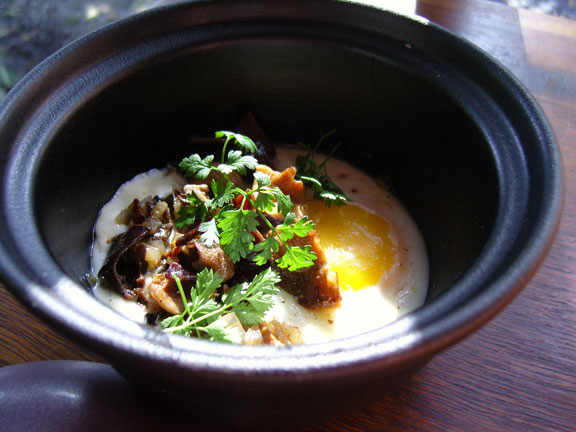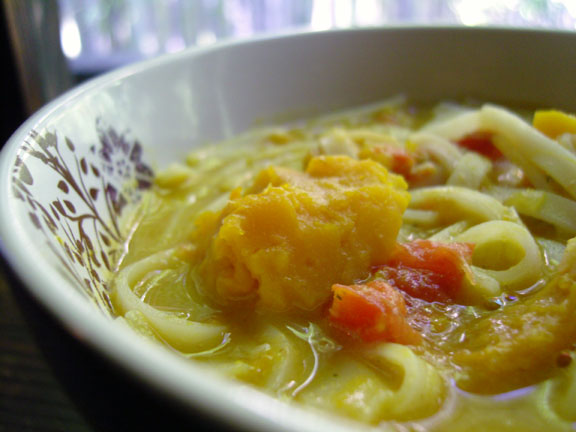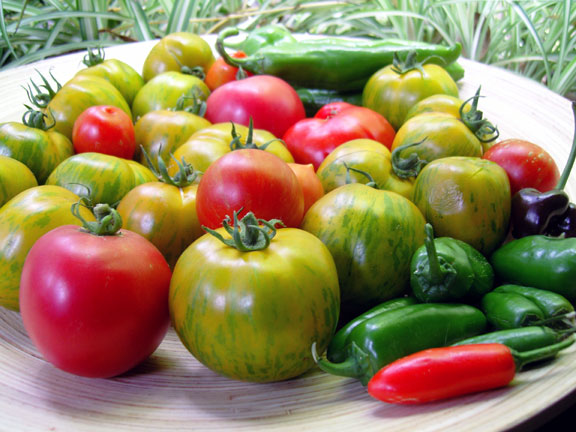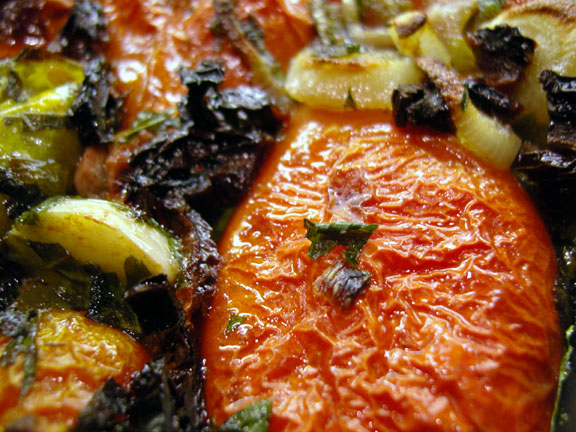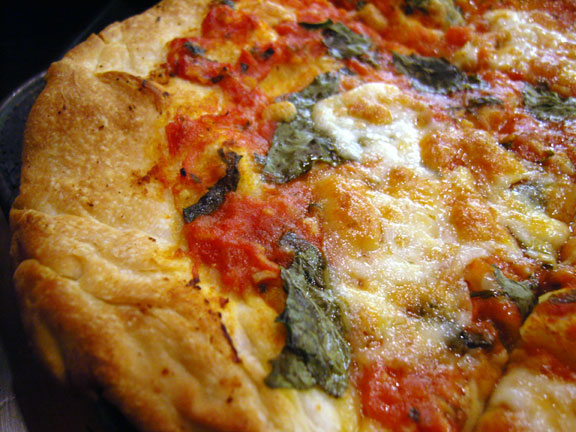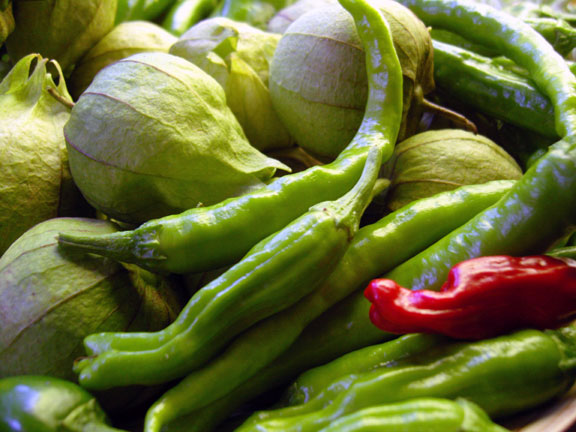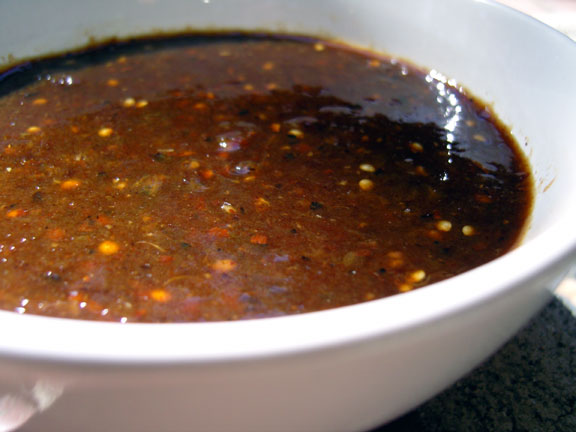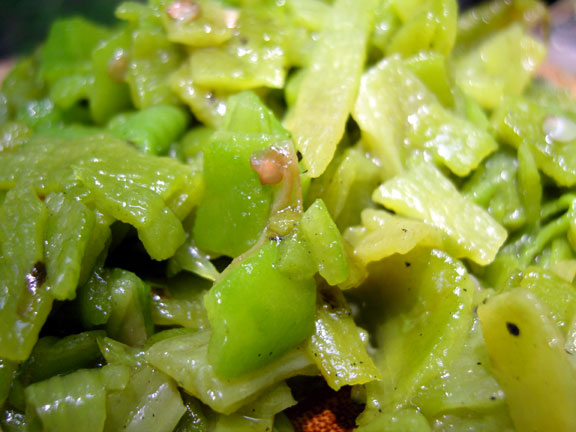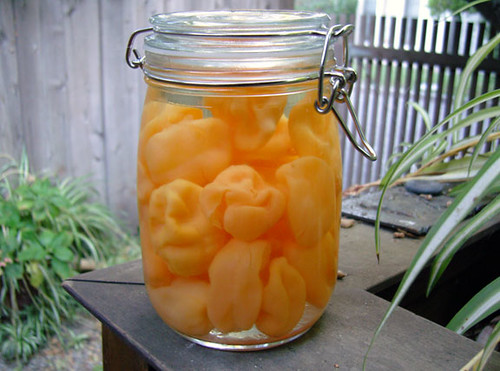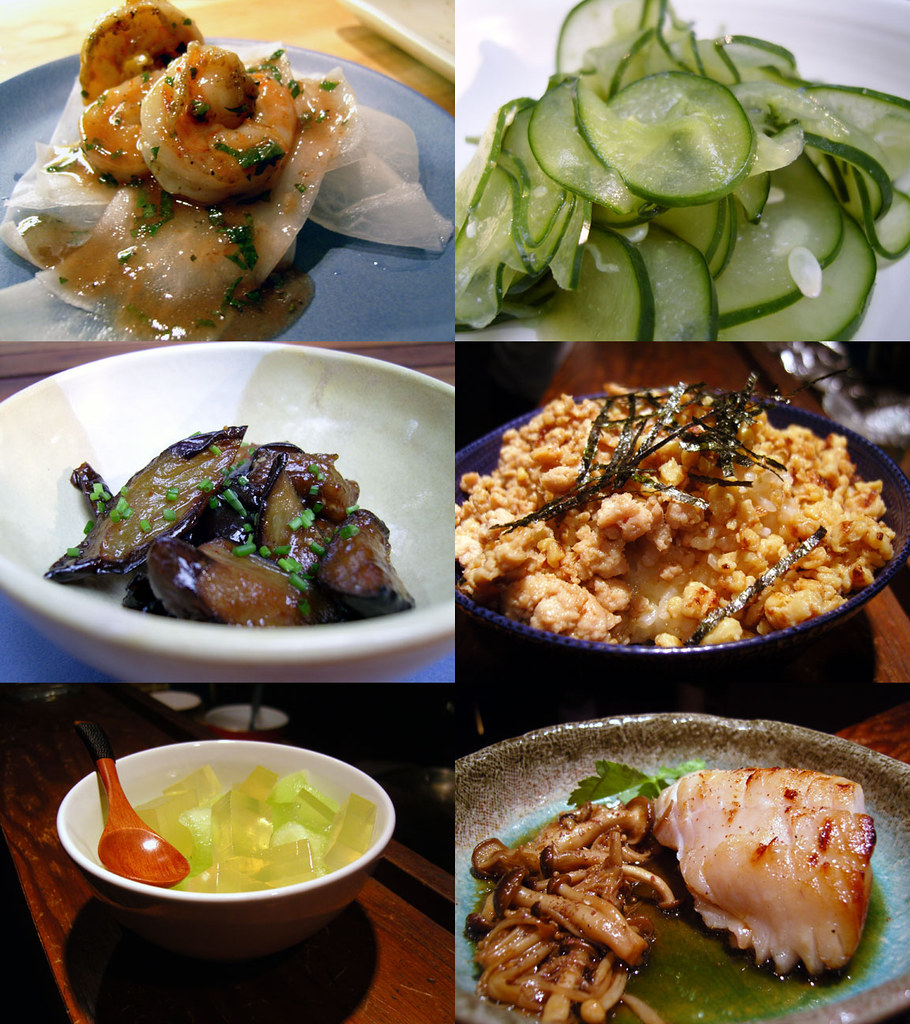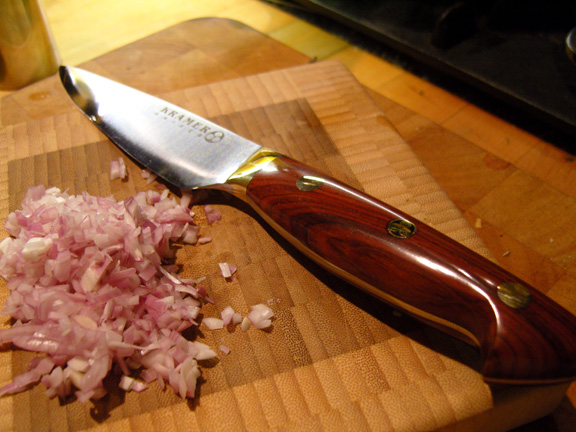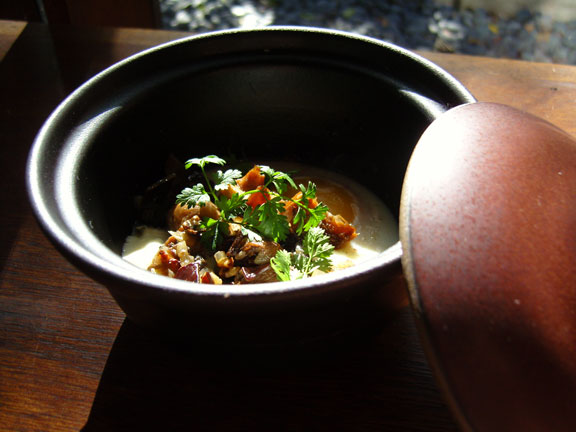 ....and two years later.
....and two years later.I have a fascination with people's food phobias, especially when they're bigtime foodies and even more so when they happen to be a critic and food writer. I was reading a blog talking about Jonathan Gold and something he said in the article really bothered me. The writer asks him, "Is there anything you won't eat?" His reply, "Scrambled Eggs." Of course, this totally blew me away because of my fondness for both him and eggs. (to make matters worse, he goes onto say that he also has an aversion to peanut butter sandwiches - ouch -though, he hasn't tried my favorite, peanut butter, raw cabbage and Huy Fong Chili Garlic Sauce, grilled on fruit-nut bread)
Dear Jonathan,
Please reconsider the egg. I admit that scrambled eggs are not my go to when faced with other egg choices, but to abolish them completely based on some childhood aversion is silly.
You're a full-grown adult and you are known as one of the most adventurous and erudite eaters of our time.
Let's move past this and give eggs another shot.
Possibly, something like the following recipe I found on MarthaStewart.com.
I even jazzed it up a little for you.
Please reconsider the egg. I admit that scrambled eggs are not my go to when faced with other egg choices, but to abolish them completely based on some childhood aversion is silly.
You're a full-grown adult and you are known as one of the most adventurous and erudite eaters of our time.
Let's move past this and give eggs another shot.
Possibly, something like the following recipe I found on MarthaStewart.com.
I even jazzed it up a little for you.
Sincerely,
Marc
adapted from Martha Stewart Living
Serves 4
Ingredients
1/4 cup creme fraiche
4 large eggs
smoked sea salt and fresh ground pepper
2 tbsps good grassy olive oil
12 ounces assorted wild mushrooms
1 med shallot, minced (or green garlic if in season)
3 tbsp Shao Hsing (ShaoXing) wine
1 tbsp unsalted butter
Thai fried garlic (optional)
fresh Mitsuba or fennel fronds
Preheat oven to 375 degrees. Put 1 tbsp creme fraiche into each of 4 oven-proof small ramekins. Crack one room temp egg into each ramkein, season with smoked salt and pepper. Place ramekins in a baking dish and place on oven rack. Fill baking dish with hot water about 3/4 way up the sides of the ramekins. Bake eggs uncovered until just set - about 12-14 mins. Whites firm, yolks runny.
While eggs are baking, heat olive oil in a large skillet over med-high. Add mushrooms, turning once or twice until tender - about 5-6 mins. Add shallot and or green garlic and cook until softened - 2 mins. Take off heat and add Shao Hsing wine. Return to heat and cook until almost all the liquid is gone - about 1 min. Stir in butter and season with salt and pepper.
Carefully remove the hot ramekins from the baking dish using a spatula and oven mitt. Divide the mushroom mixture into the 4 ramekins and garnish with the mitsuba and fried garlic if desired.
